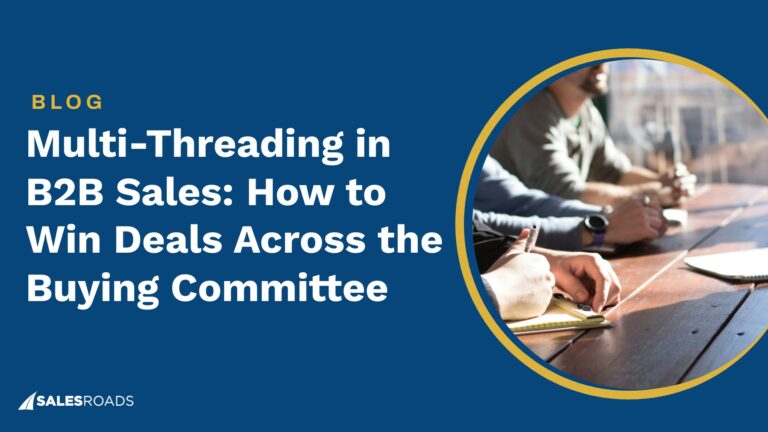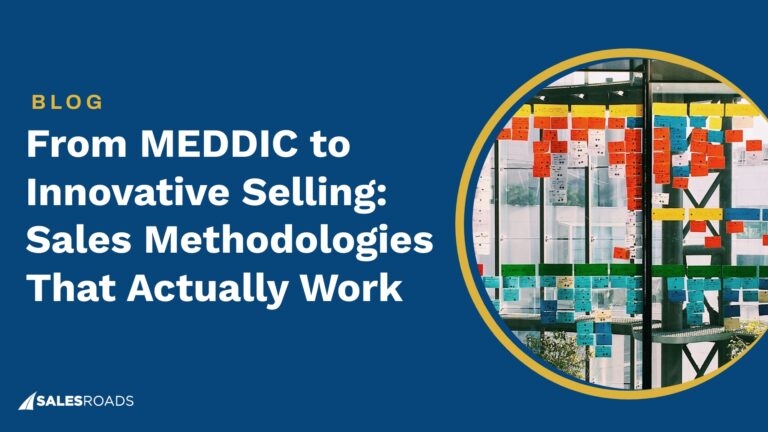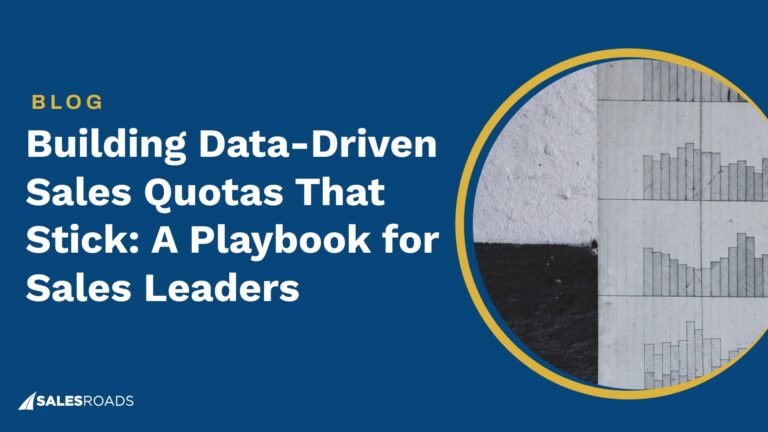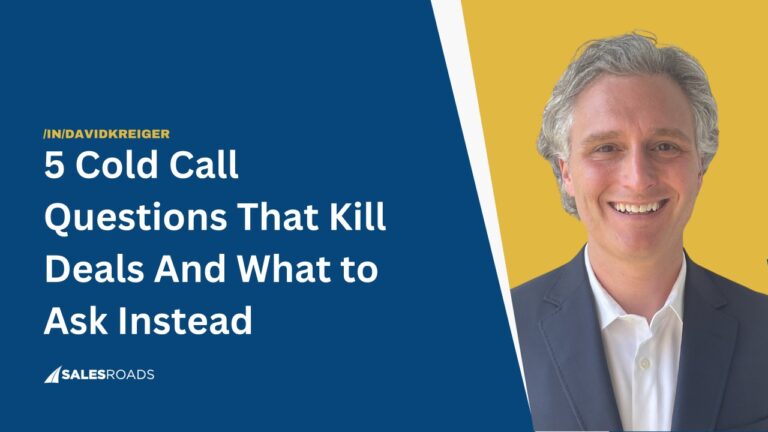Using emails for appointment setting is a crucial part of the multichannel approach for generating qualified leads. Setting appointments via email minimizes blunders and miscommunication during interactions by giving prospects an accessible place to find meeting details.
Statista1 discovered that 319.6 billion emails were sent and received daily in 2021, with this number expected to rise to 376.4 billion by 2025. As more messages compete for your prospect’s attention, the uniqueness of your appointment setting mail becomes vital to your campaign’s success.
Appointment setting email templates are guides to help your team direct outstanding messages to prospects according to different scenarios.
Components of an appointment setting email
Effective appointment setting emails consist of four major parts. Sales leaders can reiterate and optimize these components to boost conversion rates and increase the number of scheduled meetings.
- Subject line
- Introduction
- Value proposition
- Scheduling link
Subject line
One-third of prospects view email content solely because of the subject line, so appointment setters need to dedicate time to creating compelling, engaging sentences for this purpose.
Lead generation experts ask compelling questions, use personalized data, introduce action languages, and leverage scarcity for their subject lines. The best subject lines give prospects an idea of the message in one glance. 2
Introduction
Many of the emails you’ll send are to people who don’t know you. Introduce yourself as you’ll do in physical interactions.
A salutation followed by your name and the company you represent suffices for an appointment setting email. Your introduction can be less formal if you’ve had a previous interaction with the prospect.
Value proposition
Sales teams perform extensive research to understand the buyer’s pain points and create unique value propositions that present their company as a viable partner. Top appointment setters use social proof and industry statistics to push their products or services, edging prospective customers to discuss possible business deals.
Your value proposition explains why the prospect should meet with you.
Scheduling link
Creating a scheduling link is essential for a successful appointment setting email campaign. With one click, prospects can see SDRs’ availability and choose a suitable time to meet.
Team leaders can use free scheduling automation software to create links and attach them to calls to action for an effective appointment setting campaign.
Sample Appointment Setting Email Templates
Initial outreach
SDRs can use this appointment scheduling email for prospects they haven’t interacted with before. The message should say who you are, what you do, and how you can be valuable to them.
Ideally, salespeople should capture this information in as few lines as possible. This template is useful for both inside and outside sales professionals.
“Hello, [prospect],
I’m [name] from [company name].
We specialize in [products or services], and we’ve helped companies in [prospect’s industry] deal with [pain point].
Since you’re the [position] at [prospect company], can we schedule a meeting [scheduling link] to discuss if we’re a good fit for you?
Thank you,
[name]”
This template is effective because it goes directly into sharing your value, which attracts most decision-makers. Be careful not to overload the email with information and focus on making a good first impression.
Follow up on initial outreach
SDRs can use this template to contact prospects that didn’t respond to the initial contact above. As these leads still need some persuasion, you can create an email to nudge them with social proof.
“Hi, [prospect].
Quickly following up on my email from [yesterday/last week].
I called you but was unable to connect. I was hoping to set up a call to introduce [company]. Can you choose any 30 minutes early next week that would work? [scheduling link]
Our work with [client] might interest you. We helped them improve [pain point], resulting in [statistics/result]. You can read the whole story here: [case study link.]
Looking forward to hearing from you soon.
Best wishes,
[name]”
For marketing qualified leads
Marketing qualified leads (MQLs) are a group of prospects that have engaged your business through social media or websites and shown interest in your offers. Appointment setting emails are a smart tactic to convert them into clients, as they are already at the top of the sales funnel.
“Hello, [prospect],
Would you still like some help with [pain point]?
If you click here [scheduling link] to arrange a meeting, we can walk you through exactly how [company] can help.
Regards,
[name]”
Or
“Hi, [prospect].
What are the biggest challenges that you’re facing with [pain point]?
We can chat about it on the phone if that’s easier. Just click here [scheduling link] to book a time.
Speak to you soon,
[name]”
Following up on an initial meeting
SDRs can use details from a prior meeting to personalize this email, presenting themselves as a familiar face rather than a stranger trying to sell. Highlighting the prospects’ pain points and sharing helpful materials to solve their problems puts you at the top of their mind.
“Hey, [prospect].
Hope you’ve been well since [previous meeting]!
Just wanted to follow up to see if you are still interested in learning more about [your company] and how we can help with [pain point]. Are you still looking for someone to help you with [your service]?
I’d love to talk! We can grab a coffee or hop on a quick call [scheduling link] to discuss this further.
Thank you!
[name]”
Or
“Hi, [prospect],
Thanks for meeting me the other day. I still think about [personal details from the interaction].
Well, based on our discussion about [pain point], [company] can help. I spoke with the team, and they provided me with this extra info: [whitepaper, testimonial, guide]
Would you be able to hop on a call [scheduling link] sometime this week to discuss more?
Cheers,
[name]”
No response
If you’ve sent different emails to a lead and have not received a response, you can acknowledge their lack of interest with one last appointment setting email. This creates a ‘FOMO’ with the prospect and can lead them to connect with you if they realize that a valuable opportunity is slipping away.
Because 50% of sales occur after the fifth follow-up, a prospect’s failure to respond does not rule out the possibility of a deal. 3
“Hello, [prospect].
Hope all is well with you. I’ve reached out a few times regarding [product/service] from [company].
Since I haven’t heard back, is it okay to assume that [pain point] is not a priority right now?
If you are still interested, let me know so we can get back on track. You can book a time with me here if you’re ready to discuss [value proposition].
Thank you,
[your name]”
Long-term contact
This template is for prospects you have not spoken to in a while. You can create custom-made value propositions or share offers and discounts as incentives to re-engage and convert them.
“Hi, [prospect].
I’m reaching out again as a follow-up on your interest in [company name]. I’d like to know what else we can do to help with [pain point].
I would like to schedule a meeting to discuss your needs and make sure we’re on the same page. Reply to this mail when you have a moment, so we can decide if a short demo can work.
If you are ready, you can schedule a time with me now by clicking here and picking a date that works for you.
Thank you,
[name]”
Appointment setting email best practices
Sales managers can ramp results by ensuring that SDRs employ the best practices for setting appointments via email. Valuable tips for booking meetings through this strategy include:
- Always confirm prospects’ details
- Keep it short and sweet
- Personalize your message
Always confirm prospects’ details
Team leaders can use email verification tools to confirm that SDRs are reaching out to the right contacts. Avoid misspelling your prospect’s name: it can turn them off with the assumption that you lack attention to detail.
Keep it short and readable
Appointment setters should keep their messages within the 50 to 150-word count that sales experts recommend for business emails. Instead of long blocks of text, format the emails in lines of readable sentences.
Personalize your message
Use information from your research to create tailor-made messages for your prospective customers. Email templates should serve as inspiration for your messages instead of just being copied.
Bottom Line
Companies that maximize appointment setting emails can generate exceptional sales results. Customizing these templates for different scenarios and applying best practices can improve your lead generation, boost conversion rates, and grow revenue.










